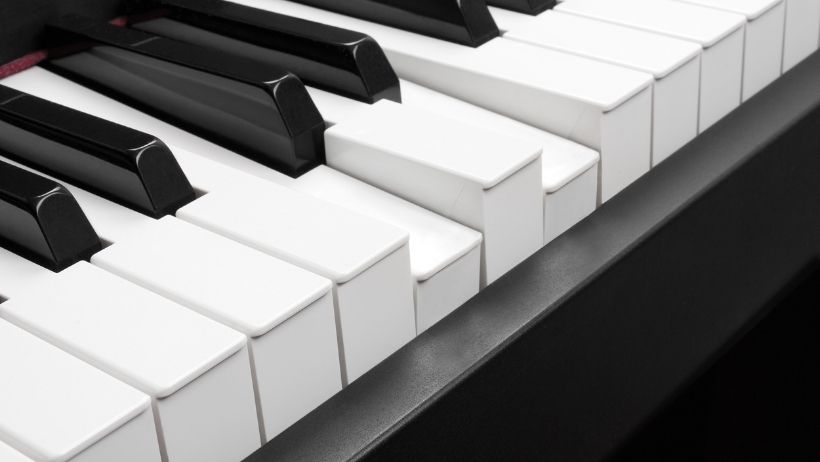
Someone just asked me the question, “Do chord progressions have to be in the same key?”. In this article, I will explain if we can use any chord in any key, and in what context it is useful to use non-diatonic chords in our chord progressions.
Can you play any chord in any key?
The short answer is YES. It’s possible to create chord progressions with any chord, even if we stay within one key. While most hit songs contain only diatonic chords, there are thousands of great songs that contain non-diatonic chords. And sometimes even hit songwriters use borrowed chords in their songs.
One thing is for sure. If you want to appeal to a mass audience, you should use only diatonic chords. But if it’s not that important to you, or you want to create more unique chord progressions, you can use any chord in any key, so long as you are able to compose a decent song with those chords. Because using extreme chord combinations just for the sake of using them doesn’t make sense. So let’s see some of the circumstances where it’s useful to apply non-diatonic chords in a chord progression.
“Smooth” chord progressions
Smooth chords have a particular sound together. Smooth chords are seventh or extended chords. You can hear smooth chord progressions from RnB, Pop, jazz, funk. From artists like Ariana Grande, Jamiroquai, Pharrell Williams. Smooth chord progressions mostly utilize major seventh (maj7) and minor seventh (m7) chords, and it’s very rare to hear dominant seventh chords in them. For example, you can hear a simple smooth chord progression in the chorus of the song “Happy” by Pharrell Williams. The song is in the key of F major, and the chords bVImaj7 and V7 are both borrowed chords – they are borrowed from another key. Both of these chords are typical smooth chords. The diatonic V7 (C7) chord would sound much different.
bVImaj7 – Vm7 – Vm7 – I
Dbmaj7 – Cm7 – Cm7 – F
Secondary dominants
If we create a dominant seventh chord from any diatonic chord, it will become a secondary dominant over another chord. For example, in the key of C major, one of the diatonic chords is the Am. If we change it to an A7 chord, it will act like a dominant chord that wants to resolve to Dm.
Interestingly, we can create a secondary dominant even from the tonic “I” chord. This is exactly what happens in the song “Thank U Next” by Ariana Grande. The chord progression would suggest that this song is in the key of Gb major. But the melody tells us that it’s in the key of Db major, even though there is no Db major chord in it.
IVbmaj7 – III7 – VIm7 – I7
Gbmaj7 – F7 – Bbm7 – Db7
To support the melody
Sometimes you may want to use borrowed chords to support the melody. If you have the melody first, certain chords may not sound good together with it. This might be the case with the song “Happy”. The melody notes in the chorus are the notes F and Eb. None of those melody notes would sound good together with a diatonic V7 (C7) chord. On the other hand, they sound perfect with the borrowed Cm7 chord.
Chord substitutions
Many songwriters use chord substitutions to create very unique sounding chord progressions. The band Jamiroquai is using one of the most unique chord progressions in their songs. These chord progressions may sound chaotic, but they sound very nice together, and actually, there is a very simple system in these chord progressions. For example, this is the chord progression in the chorus of the song “Seven Days In Sunny June”. Even though it seems very chaotic, this chord progression is in the key of A major.
IIm7 – VIm7 – IIm7 – VIm7 – bVImaj7 – bVIImaj7 – Imaj7 – IVsus
Bm7 – F#m7 – Fmaj7 – Gmaj7 – Amaj7 – Dsus
In our songwriting course, I show you how you can create these kinds of unique chord progressions. And on top of that, I also show you how to create melodies that will sound good on these exotic chords.
The secret pattern behind successful songs
Get the eBook for $4.99

